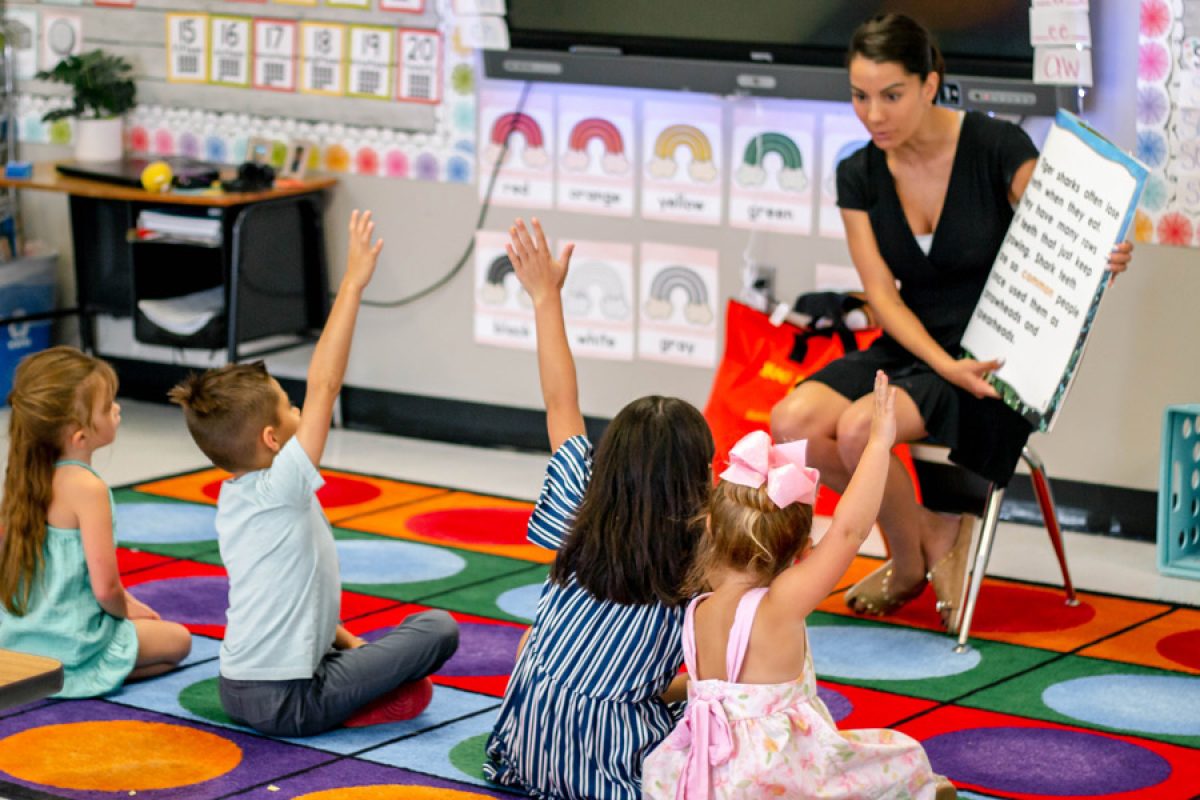Evidence-Based Practice for English Learners
English Learners are among the many groups that were greatly impacted by learning loss in 2020. In order to quickly and efficiently regain and qualitatively improve learning and instruction, it is clear that evidence-based initiatives need to take center stage.
For English Learners in particular, Academic Instruction greatly improves when the four following steps are taken, whether it’s in an attempt to conquer Tier 1, 2, or 3 instruction. Cara Richards-Tutor of California State University, among others, outlines the following recommendation to do just that:
• Provide designated time to develop English oral language proficiency (as part of Tier 1 core instruction, even if students are receiving Tiers 2 or 3 interventions).
• Provide sheltered instruction practices (i.e., comprehensible input and language objectives) to support students in content-area learning.
• Use peer-supported learning to help students practice oral language during academic lessons.
• Teach explicit comprehension strategies to assist students in accessing content while they are developing English proficiency
Academic Instruction through Shared Reading
Shared Reading is a time-efficient, suitable practice in the classroom to achieve many of these recommendations. For those struggling with literacy, or even students learning a new language, research supports shared reading as an evidence-based practice. Here are a few easy steps to focus on effective Academic Instruction for English Learners in a shared reading lesson:
- Use a non-fiction big book.
- Provide opportunities for oral language acquisition with prompts and vocabulary using non-fiction content area instruction.
- Ask questions during the shared reading lesson and have a “big picture” conclusion by the time the book ends.
- Use supplemental instructional materials (like our wo-wo’s!) to highlight high frequency words, develop fluency, and focus on context.
- Refer to the classroom’s word wall or sound wall!
- Take it one step further, create a project-based learning lesson from the book!
Shared Reading and Social-Emotional Learning
Shared reading also creates opportunities to engage in social- emotional learning. When students are in a group setting, attending to the same information at the front of the room, they have a safe, low anxiety environment to “test out” appropriate language skills, as well as behavioral skills, without losing time in the classroom to focus on academic instruction.
Big Books and shared reading provide a stable springboard into numerous other areas of Academic Instruction. It is evidence-based, especially for emergent readers, as well as English Learners, and has numerous benefits!




